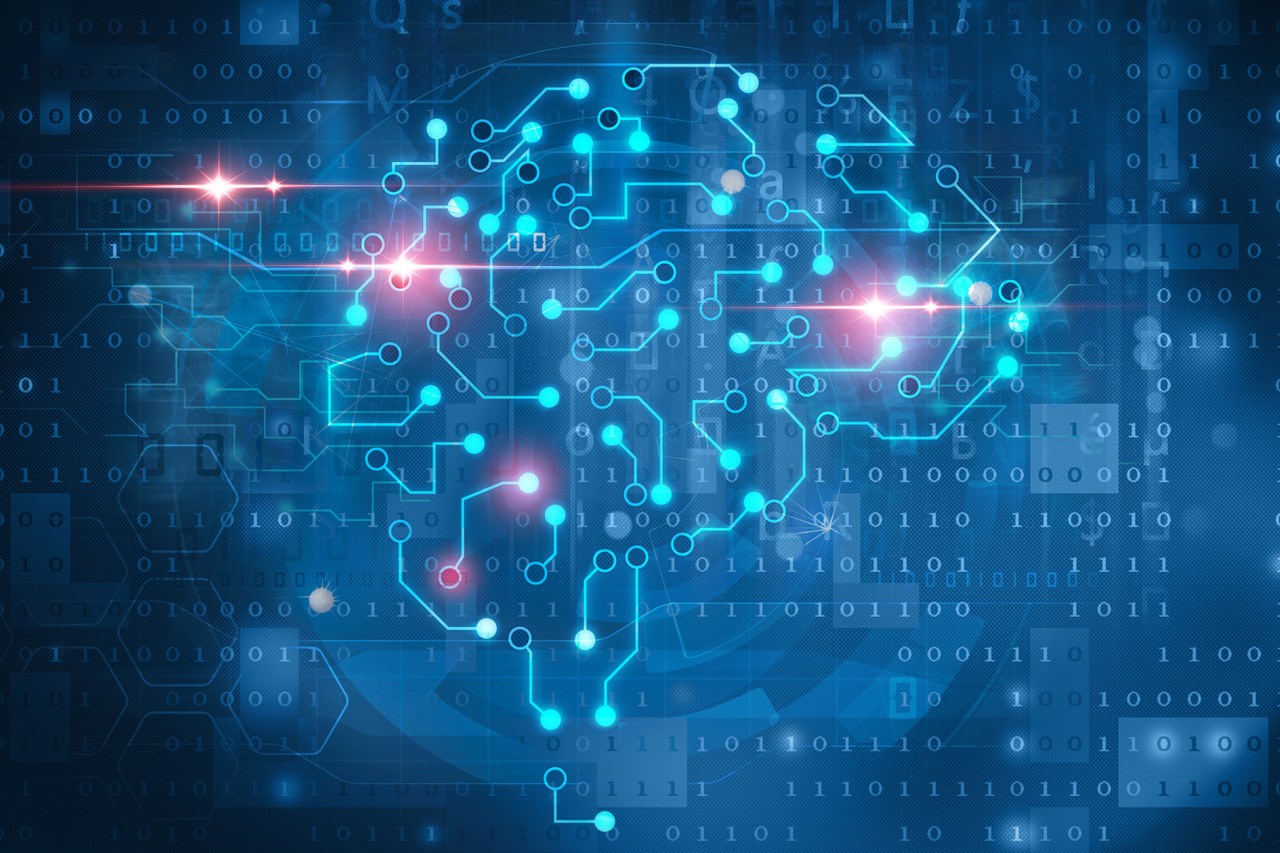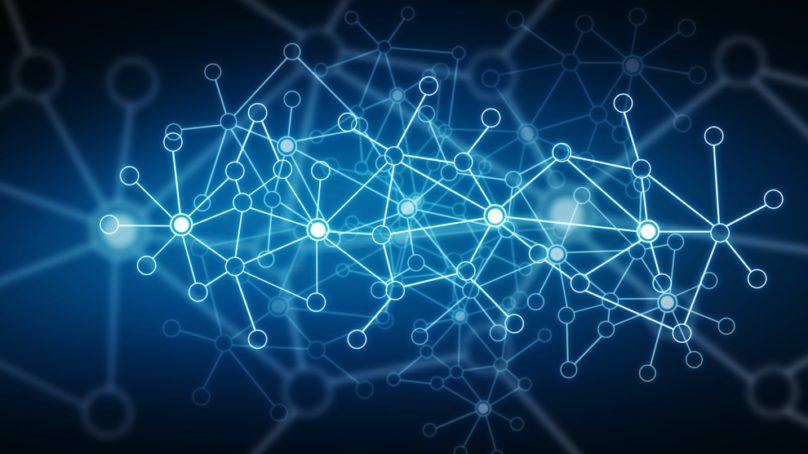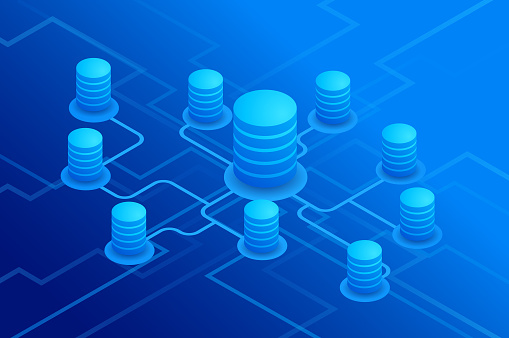Intelligent Systems
1. What are intelligent systems?
- Intelligent systems are technologically advanced machines that perceive and respond to the world around them. Intelligent systems can take many forms, from automated vacuums such as the Roomba to facial recognition programs to Amazon’s personalized shopping suggestions.
- The field of intelligent systems also focuses on how these systems interact with human users in changing and dynamic physical and social environments. Early robots possessed little autonomy in making decisions: they assumed a predictable world and perfumed the same action(s) repeatedly under the same conditions. Today, a robot is an autonomous system that can sense the environment and can act in a physical world to achieve some goals.


2. How do intelligent systems work?
- Generally, intelligent systems use IP (Internet Protocol) technology and sensors to collect information from a specific environment and share it among its different elements to achieve a common goal.
- This interconnection between the digital and physical worlds is called the Internet of Things. On the other hand, Big Data is another element that makes this type of system possible to collect information and knowledge within a system. And this same technology learns from its experiences with artificial intelligence technologies and its main subfield, machine learning.
3. How intelligent systems can be used in different industries?
- Transportation– Traffic control systems, traffic flow analysis and congestion monitoring, delivery fleet coordination, autonomous cars, public transportation systems, accident prevention
- Aerospace– Airline cockpit controls, drones, spacecraft monitoring, mission planning, advanced guidance and navigation, air traffic control
- Human identification– Visual surveillance, biometric monitoring (such as face or fingerprint recognition), character or speech recognition
- Manufacturing– Advanced robotics and automation, autonomous systems, diagnostics and repairs, inventory management, visual inspection
- Education
Tutoring, identifying student learning patterns, question and answer systems, course planning and scheduling, interactive online education


4. What are the 10 main characteristics of an intelligent system?
-
Perception: An intelligent system creates a representation of the world to interact with a specific environment and perform tasks.
-
Action Control: An intelligent system can carry out actions or interrupt actions to achieve a goal.
-
Interaction or connectivity: An intelligent system can put its elements into communication through a common language.
-
Deliberate and social reasoning: The machine makes decisions on its own to achieve a specific result, considering the human context.
-
Self-Learning: Intelligent systems can reduce errors and optimize their performance by learning from their own experiences.
-
Identification: Intelligent systems can recognize specific information automatically and transmit it through various channels.
-
Protection: An intelligent system’s networks and communications must be secure to function properly.
-
Remote Management: An intelligent system allows people to interact with it from any location.
-
User Experience (UX): To interact with users, intelligent systems must have accessible and adjustable interfaces.
-
Data Analytics: An essential component of an intelligent system is its ability to process immense amounts of data.
5. Properties of intelligent systems
- Here are 6 elementary properties of intelligent systems:
- Sensors
The technology collects data from the environment and transmits it to the intelligent core for identification and analysis.
- Actuators
They perform the actions that the intelligence core determines once it analyzes the environment in real-time.
- Specific environment
It is the context that the intelligent system analyzes and modifies. They can be static, discrete, episodic, deterministic, or known.
- Intelligence Core
Artificial intelligence and machine learning are the pillars of this section. It is what makes it possible to generate situational awareness and learn from the situation. l User interface (UI).
- User Interface (UI)
It is the way an external agent communicates and alters the relationship between the system and the environment.
- External Agents
The people who oversee the process of the intelligent system or even other artificial intelligence.

6. Difference between human and machine intelligence?
-
While Human Intelligence aims to adapt to new environments by utilizing a combination of different cognitive processes, Artificial Intelligence aims to build machines that can mimic human behavior and perform human-like actions. The human brain is analogous, but machines are digital.
-
Human Intelligence is all about learning from various incidents and past experiences. It is about learning from mistakes made via a trial-and-error approach throughout one’s life. Intelligent thought and intelligent behavior lie at the core of Human Intelligence. However, Artificial Intelligence falls behind in this respect – machines cannot think.
7. Challenges in intelligent systems
- Uncertainty: Physical sensors/effectors provide limited, noisy, and inaccurate information/action. Therefore, any actions the system takes may be incorrect both due to noise in the sensors and due to the limitations in executing those actions.
- Dynamic world: The physical world changes continuously, requiring that decisions be made at fast time scales to accommodate for the changes in the environment.
- Time-consuming computation: Searching for the optimal path to a goal requires extensive search through a very large state space, which is computationally expensive. The drawback of spending too much time on computation is that the world may change in the meantime, thus rendering the computed plan obsolete.
- Mapping: A lot of information is lost in the transformation from the 3D world to the 2D world. Computer vision must deal with challenges including changes in perspective, lighting and scale; background clutter or motion; and grouping items with intra/inter-class variation.

Intelligent Transportation Systems: At A Glance
Glossary
- Intelligent adjective/ showing intelligence, or able to learn and understand things easily/ He is a highly intelligent person who can think outside the box.
- Sensor noun/ a device that is used to record that something is present or that there are changes in something/ The security device has a heat sensor which detects the presence of people and animals.
- identification noun/ the act of recognizing and naming someone or something/ Most of the bodies were badly burned, making identification almost impossible.
- Perception noun/ a belief or opinion, often held by many people and based on how things seem/ We have to change the public’s perception that money is being wasted.
- External adjective/ of, on, for, or coming from the outside/ the external walls of the house
- Analogous adjective/ having similar features to another thing and therefore able to be compared with it/ The experience of mystic trance is in a sense analogous to sleep or drunkenness.
- Uncertainty noun/ a situation in which something is not known, or something that is not known, or certain/ Life is full of uncertainties.
- Computation noun/ the act or process of calculating an answer or amount by using a machine/ a scientific software package for numerical computations
- Mapping noun/ the activity or process of making a map/ the mapping of underground sites
- Extensive adjective/ covering a large area; having a great range/ a school with extensive grounds
Resources:
- Video: YouTube.com
- Text information: WhatIS, Wikipedia, UNR, Alogative
- Words description: Cambridge University Dictionary
- Pictures in presentation: Google
